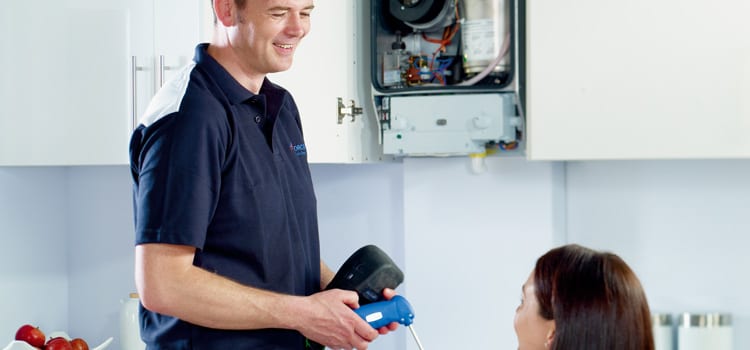Where is the best place to put a carbon monoxide detector?

What is Carbon Monoxide (CO) ? Carbon Monoxide (also known as CO) is a colourless, odourless poisonous gas and is a common yet preventable cause of death from poisoning worldwide. Approximately half of the deaths from unintentional CO poisoning result from the inhalation of smoke from fires. Other significant causes are vehicle exhausts and deaths […]
Annual Gas Boiler Service Checklist

It is strongly recommended that you get an annual gas boiler service carried out on your central heating system. A gas boiler service ensures that your system is running at its maximum efficiency levels and ensures that no fuel (and, therefore, money) is wasted unnecessarily when operating your gas boiler. The service also acts pre-emptively, […]